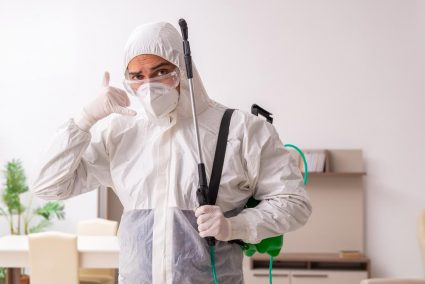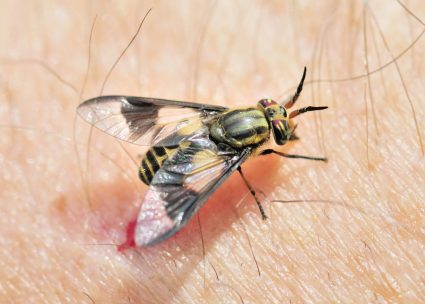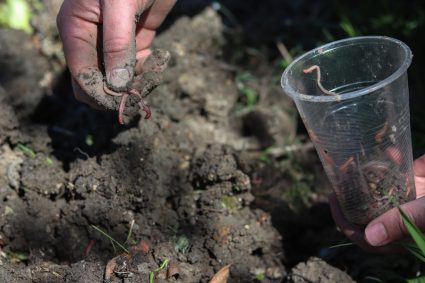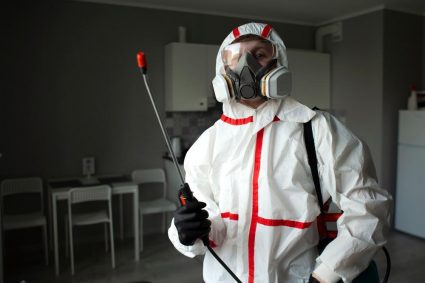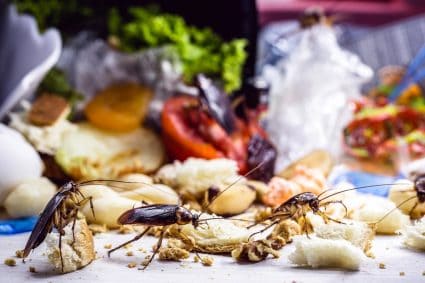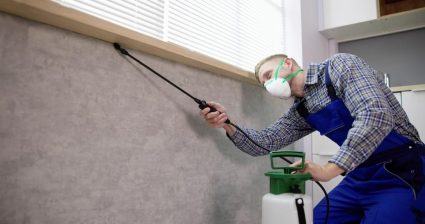
Pest droppings are often the first sign of a pest infestation. Identifying these droppings can help you determine which pest you’re dealing with, allowing you to take the necessary steps to get rid of them. This guide will provide you with detailed information on how to identify common pest droppings, the potential health risks they pose, and how to safely clean them up.
To identify pest droppings, examine their size, shape, color, and location. Mouse droppings are small, pellet-like, and dark-colored, while rat droppings are larger and more oblong. Cockroach droppings resemble coarsely ground pepper, while termite droppings look like sawdust. Squirrel droppings are similar to rat droppings but fatter and lighter over time, while raccoon droppings are larger and cylindrical. If uncertain, contact a professional exterminator for accurate identification.
Identifying Pest Droppings
Differentiating between various pest droppings can be challenging due to their similar appearance. However, by examining their size, shape, color, and location, you can accurately identify the culprit.
Rodent Droppings
Mouse droppings are small, pellet-like, dark-colored, and oblong-shaped with pointed tips. They are usually about 1/16 inch in diameter and 3/16 inch long. Rat droppings are larger and more oblong than mouse droppings, with a thicker and shorter appearance.
Insect Droppings
Cockroach droppings are dark brown or black specks with ridges, resembling coarsely ground pepper. Termite droppings, also known as frass, are brown or black and dusty in appearance, easily mistaken for sawdust.
Larger Pest Droppings
Squirrel droppings are similar to rat droppings but slightly fatter and more likely to lighten over time. They are usually about 1/8 inch in diameter and 3/8 inch long. Raccoon droppings are larger, with a more cylindrical shape and rounded ends.
If you’re unsure about the droppings you’ve found, consider contacting a professional exterminator. They can accurately identify the pest based on their droppings and experience.
Health Risks Associated with Pest Droppings
Pest droppings can pose several potential health risks. They can spread bacteria, contaminate food sources, and trigger allergic reactions. Diseases that can be spread through rodent droppings include Hantavirus, Salmonellosis, Leptospirosis, and Lymphocytic choriomeningitis. To minimize the risk of exposure, it’s essential to prevent rodent infestations and promptly remove any droppings found in your home.
Cleaning Up Pest Droppings Safely
When cleaning up pest droppings, wear protective gear and use a disinfectant. Avoid sweeping or vacuuming as it can stir up dust and spread pathogens. Instead, gently pick up the droppings with a paper towel or cloth dampened with the disinfectant solution, then dispose of them in an outdoor bin.
Preventing Pest Infestations
Prevention is always better than cure. Regularly disposing of trash, sealing cracks in walls and foundations, storing food in secure containers, and maintaining proper ventilation can help prevent pest infestations.
By understanding how to identify pest droppings, you’re one step closer to maintaining a pest-free home. Remember, if you’re unsure or the infestation seems severe, don’t hesitate to call a professional exterminator.
Frequently Asked Questions
What other pests leave noticeable droppings?
Other pests that leave noticeable droppings include bats, birds, and certain types of insects like beetles and ants. Bat droppings, or guano, are similar in size to mouse droppings but often found in piles near roosting sites. Bird droppings are larger, white, and may contain seeds or berry residue. Beetle and ant droppings are tiny and may require a magnifying glass to spot.
What should I do if I find pest droppings in my food storage or preparation areas?
If you find pest droppings in your food storage or preparation areas, it’s crucial to discard any potentially contaminated food immediately. Clean the area thoroughly with a disinfectant, and consider contacting a professional exterminator to ensure the infestation is properly addressed. It’s also advisable to review your food storage practices and make improvements where necessary, such as using airtight containers and regularly checking for signs of pests.
Can I use bleach to clean up pest droppings?
Yes, a solution of bleach and water can be used to disinfect areas contaminated with pest droppings. However, it’s important to ensure the area is well-ventilated and to wear protective equipment like gloves and a mask, as bleach fumes can be harmful.
How quickly can a pest infestation occur after noticing the first droppings?
The speed of a pest infestation can vary depending on the type of pest and conditions in your home. Some pests, like mice and rats, can multiply very quickly under ideal conditions, while others, like termites, may take longer to establish a significant presence. It’s important to act quickly upon noticing the first signs of an infestation, such as droppings, to prevent it from getting out of control.
Are pest droppings harmful to pets?
Yes, pest droppings can be harmful to pets. They can contain bacteria and parasites that can cause diseases if ingested or inhaled. Therefore, it’s essential to clean up any droppings promptly and keep pets away from infested areas.

